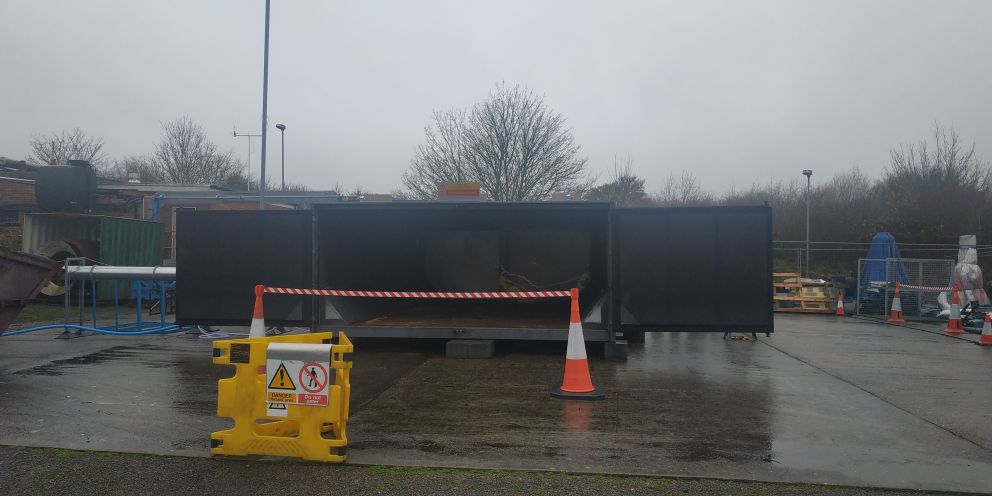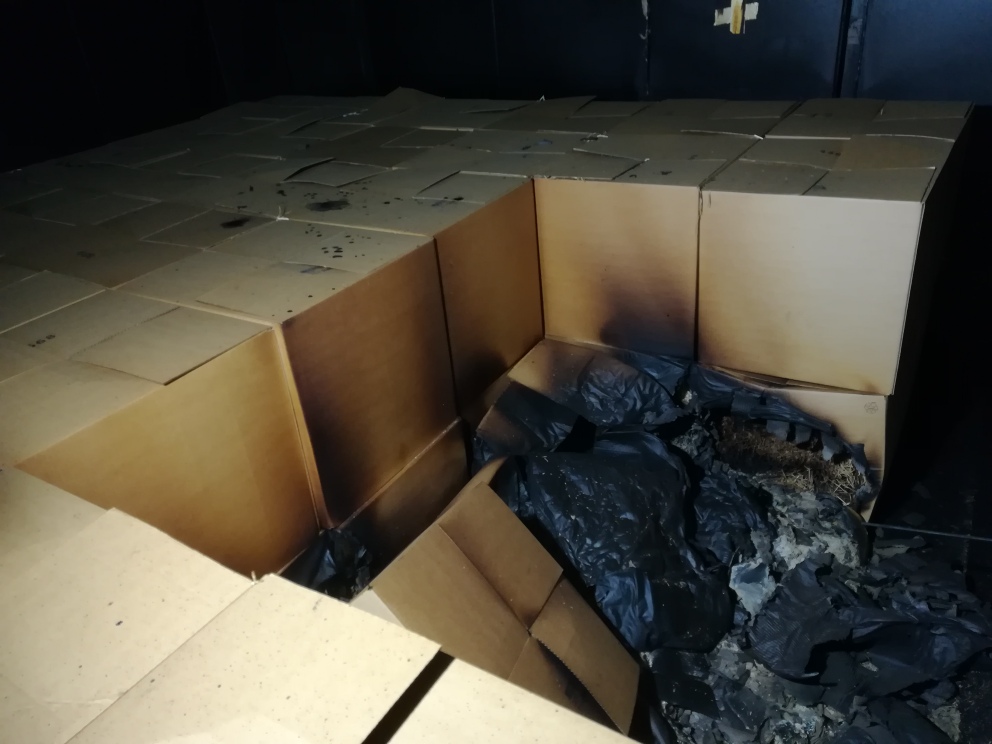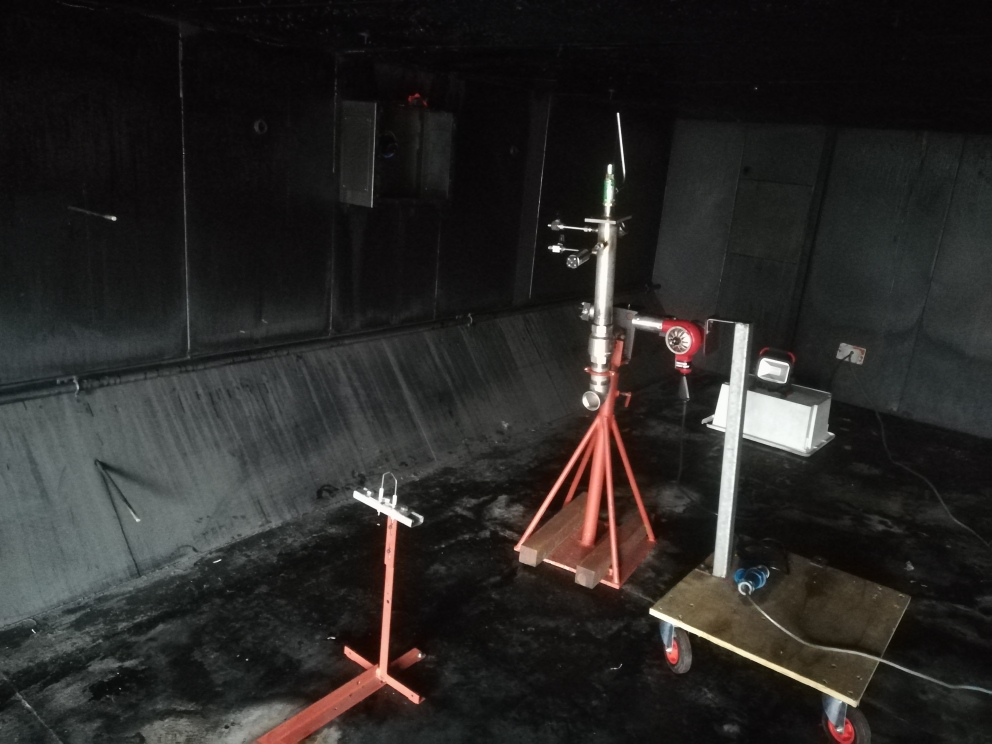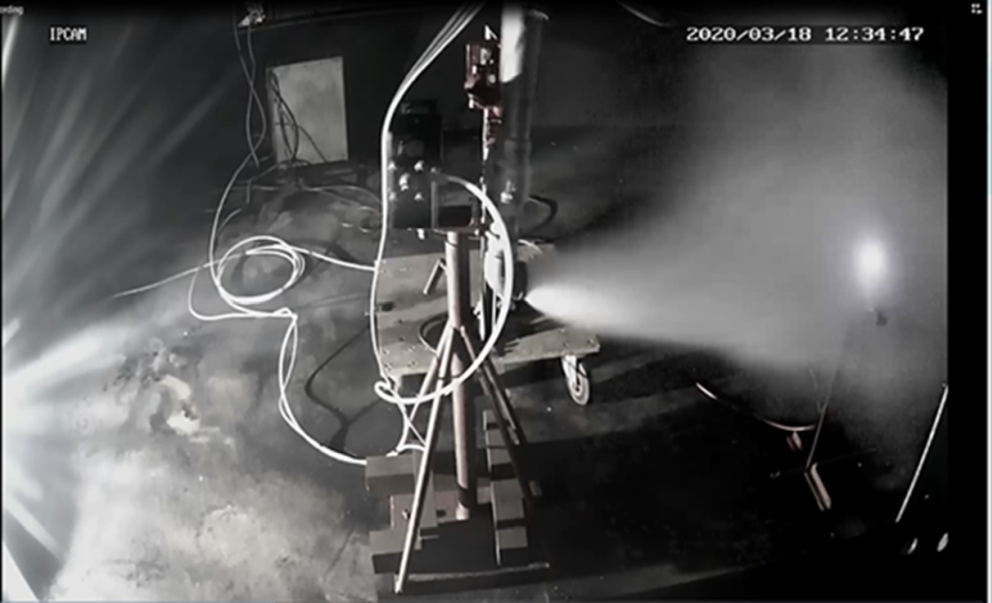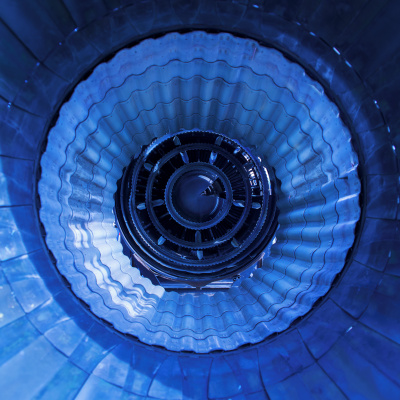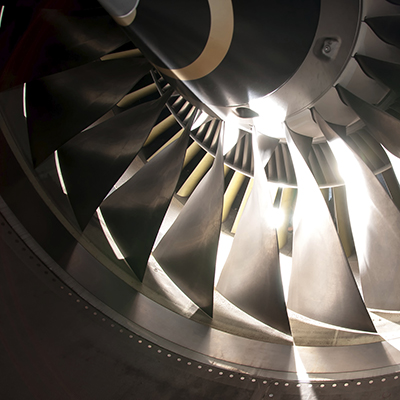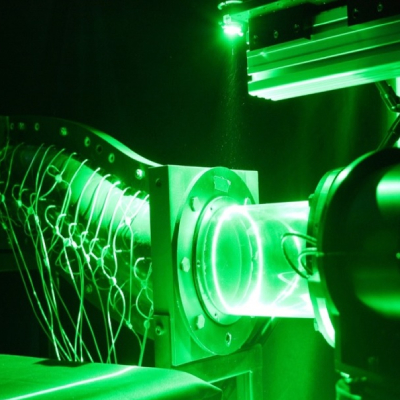The Aircraft Cargo Bay Suppression fire rig was designed and manufactured as part of Environmentally-Friendly Fire Suppression System for Cargo using Innovative Green Technology project (EFFICIENT) funded by CleanSky-2. The rig is in compliance with the Federal Aviation Authority’s (FAA) Minimum Performance Standard (MPS) for Aircraft Cargo Compartment Halon Replacement Fire Suppression Systems. The internal configuration replicates, to scale, a wide body aircraft cargo compartment.
The EFFICIENT project was executed under the guidance of Airbus and the consortium was led by Cranfield University with London South Bank University and Research Institute of Sweden (RISE) being the other members of the consortium. As part of the project the consortium was required to identify, develop and mature a potential fire suppression technology for implementation in cargo-cabin architecture of next generation aircraft. As an outcome of initial simulations and small scale tests, the project team proposed to subject nitrogen to the four fires test scenarios mandated by FAA leading to certification. Following the success of the MPS tests it was concluded that nitrogen could be a suitable replacement for Halon based agents.
This facility in only one of its kind in the United Kingdom and second in the whole of Europe. After a successful test campaign spanning several months, the fire rig remains robust and available fire tests. The manner in which the rig is configured makes it conducive for other kind of tests involving large scale fire in automotive, confined space fire, forensic, marine environment, new agent development etc.
Being host to this facility and post successful completion of the EFFIENT project, Cranfield University has been inducted into the prestigious FAA’s MPS Revision Task Group.
